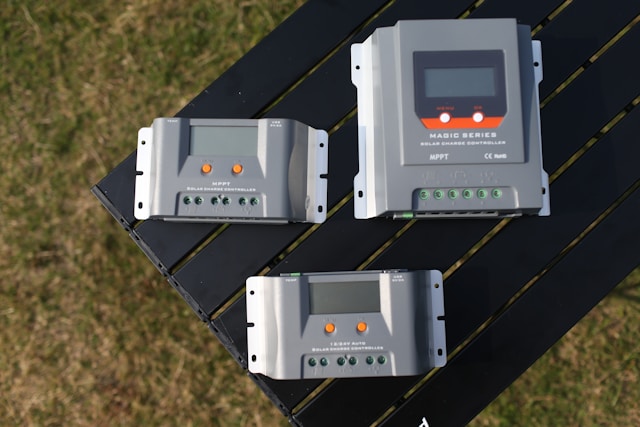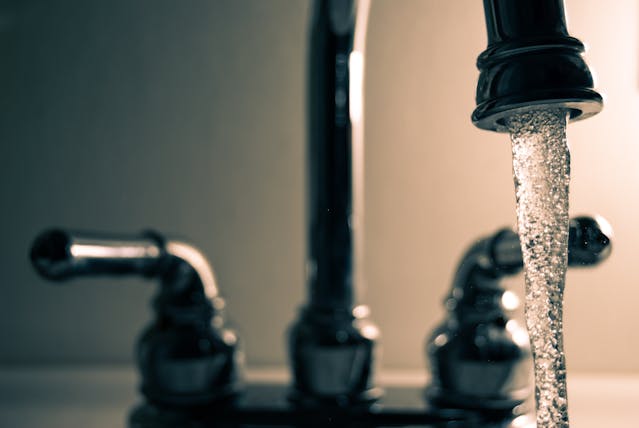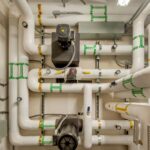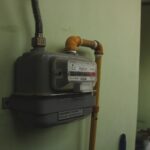Lead exposure is a hidden threat that can be found in our homes, workplaces, and even on playgrounds. It is really bad for your health, especially for kids and pregnant women. Lead detection technology has become an important tool for finding this dangerous toxin, which is a good thing. As more people learn about lead safety, the need for dependable and accurate testing solutions is growing in Australia.
If you’re a homeowner worried about old paint or a contractor working on renovations, knowing how to find lead can help make places safer. In this blog, we’ll look at the several kinds of lead detection technologies that are available in Australia and talk about how to use them safely and well. When you have the appropriate knowledge at your fingertips, you’ll be better able to deal with any lead problems that come up.
Different kinds of lead detection tools you can find in Australia
Australia has a wide assortment of lead detection tools to meet different demands. The handheld XRF (X-ray fluorescence) analyser is a common choice. This portable tool quickly and accurately finds lead in paint, soil, and other materials.
The Lead Detection Equipment is another useful tool that homeowners and renovators often employ. These kits usually come with swabs or wipes that change colour when they touch lead surfaces. They are easy to use and let you test right away.
Professionals commonly use benchtop analysers for bigger tests. These machines are great for industrial use since they can analyse a lot of samples at once and give you a full picture.
Environmental monitoring devices also assist keep an eye on lead levels in certain places over time. This kind of technology keeps schools, businesses, and public areas secure all the time, even when there are hazards of exposure. Each type does a good job of meeting Australia’s health and safety standards.

How to Safely and Effectively Use Lead Detection Tools
You need to be very careful while using lead detection tools to get accurate results and stay safe. Always read the directions from the manufacturer carefully first. Each device may need to be calibrated and used in a certain way.
Make sure you have the right personal protection equipment (PPE) on before you start testing. You can use gloves and masks to keep yourself from getting sick during the process.
When using handheld devices, keep them steady at the specified distance from surfaces. Move gently so that the sensor has enough time to find any lead that could be there. Make sure that stationary units are on a stable surface that won’t get in the way.
After testing, clean your equipment according to the manufacturer’s instructions. This step is very important for making sure that future tests are accurate.
Always write down your findings in great detail. Keeping accurate records not only helps you keep track of lead levels, but it also helps you follow safety rules.

Advantages of Using Lead Detection Tools
Lead detection equipment has several benefits, which is why it is an important tool for many sectors and settings. By finding lead in things like paint or dust, these gadgets make things safer. This proactive approach helps workers and their families lower their risk of exposure.
Also, reliable detection helps make sure that health rules are followed. Many jobs have to follow tight rules on dangerous chemicals. Businesses can avoid legal problems and make the workplace safer by using lead detection instruments.
Also, finding problems early can save time and money in the long term. Finding lead risks quickly implies that remediation efforts can be focused instead of having to clean up after a lot of exposure has happened.
Using this kind of equipment makes both workers and people feel safer. Knowing that there are ways to find dangerous substances makes any room a better place to be.
Buying good lead detection equipment isn’t only about following the rules; it’s also about putting everyone’s health and safety first.
















